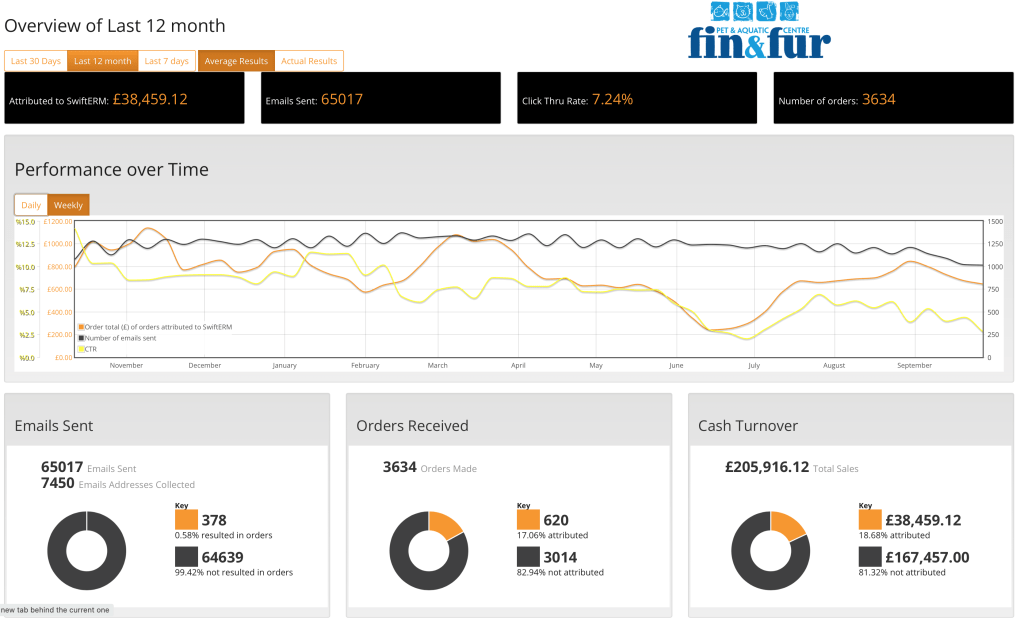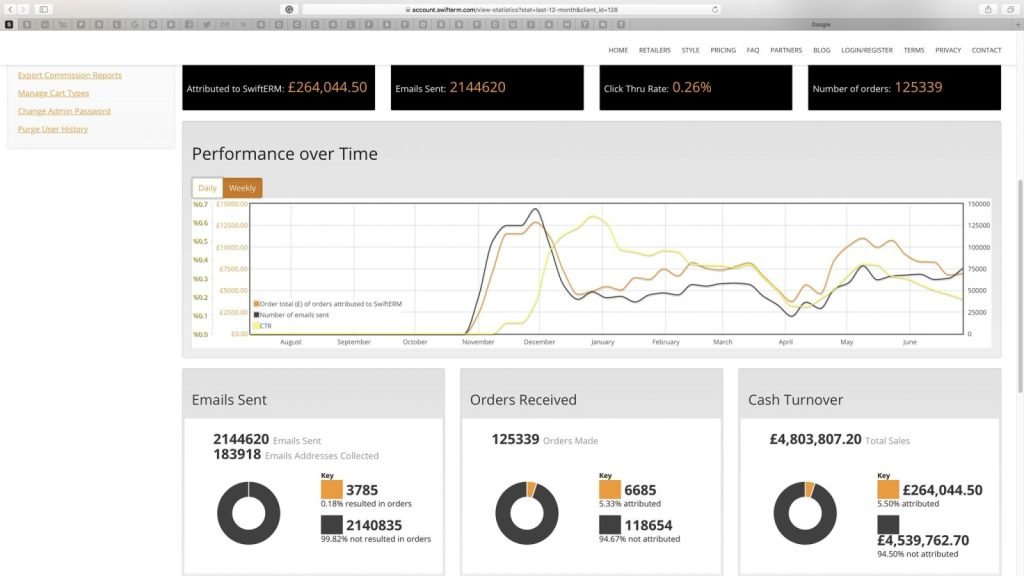The fastest-growing phenomenon in ecommerce currently is hyper-personalisation. And the top facility for delivering profit remains email marketing. Not only does it remain the top go-to solution adopted, but it annihilates the completion by delivering 70% or more of most ecommerce retailers’ ROI. Combining the two, using a system called hyper-personalised email marketing software, has therefore become critical for use in ecommerce.
Isn’t it annoying when someone tells you how you could have got something much cheaper, just after you paid for it? Then what if every day of your life from now on, you were losing out in the same way, but for someone telling you?
You may well ask what has this to do with email software? To explain; as an ecommerce marketer, you will more than likely have it fixed in your head that there are prescribed ways of doing things, and anything outside this is either too wacky, especially if you are in an enterprise environment, or believe it is already being addressed and therefore catered for. And let’s face it either of these allows you to relax, pat yourself on the back and do nothing.
We’re not looking to upset the apple cart here, we simply want to introduce you to hyper-personalisation and the distinctions involved. Your ESP does not offer the same software. Hyper-personalisation uses data received from visits of your registered consumers as they come to your site. It then uses this to best calculate what they are most likely to buy next. Similar to offering hyper-personalisation on your site itself, this has the further advantage of taking these products, the hottest predicted purchases for each individual, direct to their inbox at exactly the right moment.
Most of the world’s most respected research houses have already spotted its phenomenal returns, including the likes of McKinsey and Statista.
Hyper-personalised for the start-up
No money, no time but everything points to the greatest return in marketing still is, and probably always will be, email marketing. With the advent of AI machine learning it is now 20-fold greater with the introduction of hyper-personalisation.
Everyone and their dog has a favourite email service provider, here’s a bunch of the ones we put together that everyone considers: choosing the best email marketing software.
But what if you don’t have time to sit down for a couple of days every month, to select products? And probably you don’t yet enjoy being able to afford software to identify what products are most suitable to what customers.
Instead, you could install hyper-personalisation software, which does it all for you, so no human being – pertinently – staff with all their inherent overheads, never, ever needs to touch it.

Imagine spending as little as £100 per month and getting an additional 20%, or £38,459 turnover as a consequence. (See above). No staff are involved whatsoever, and each consumer gets emails of exactly what it is they are interested in buying, a couple of times a month.
These are actual stats, taken today, with a referral provided by the client here. The bottom right-hand corner box identifies attribution by the client’s other activities, together with attribution delivered as a direct result of PPS.
Hyper-personalisation for the Seasoned Marketer
You probably employ many email marketing staff, adopting data analytics, which plays an important part in matching ideal consumers on your database to specific products, be they the new season’s fashions, new beauty products, latest offers etc. Segmenting, which is not personalisation, most likely plays an important role in your current fortunes, but it also has a utopian extreme. PPS software is segmenting to the nth degree #1, unique and individual selection of products personal to each individual.
No two emails are ever the same. The data, returning from each delivered email, is in turn analysed and plays a part in learning about that individual. Whatever had the highest predicted possibility of being purchased, moves in favour of even better quality of product rankings, if the provocation didn’t achieve its desired result. It constantly changes as it updates and perfects, sometimes by the nano-second.
Products compete, just as brands do in life, to capture and inspire the consumer into purchasing. The advantage of hyper-personalisation software is that the field of play selected is an exclusive one, within the private confines of the recipient’s home, not constricted by consideration of your site against your competitors.

There are additional benefits of consideration, such as PPS as a stand-alone, and getting rid of your ESP altogether, but that’s for another day.
What is the critical factor here is the net effect. If you only ever send your consumers things they love and want, you stand out against your peers. You win the increase in average order value, and in turn maximise customer lifetime value, as churn dissipates to nothing.
You are personalising offerings, on an individual level. To them, it suddenly seems that instead of an organisation badgering them, it’s their favourite assistant who has spotted something they know you would love. The human face of customer relationships, nurturing loyalty.
You also need to consider your rate of return of goods, Rate of Return (RoR). If sending speculative offerings to segments delivers your existing RoR rate, then sending them what they want instead, eliminates returns. How much a year is that alone worth to you? No wonder PPS is smashing records.
In Conclusion
To come back to the beginning, if someone doesn’t tell you before you need to know, it’s an annoying reason for losing out, but if having had it explained to you, you then hesitate or do nothing, then that’s down to you.





